Focus Area
Salmon
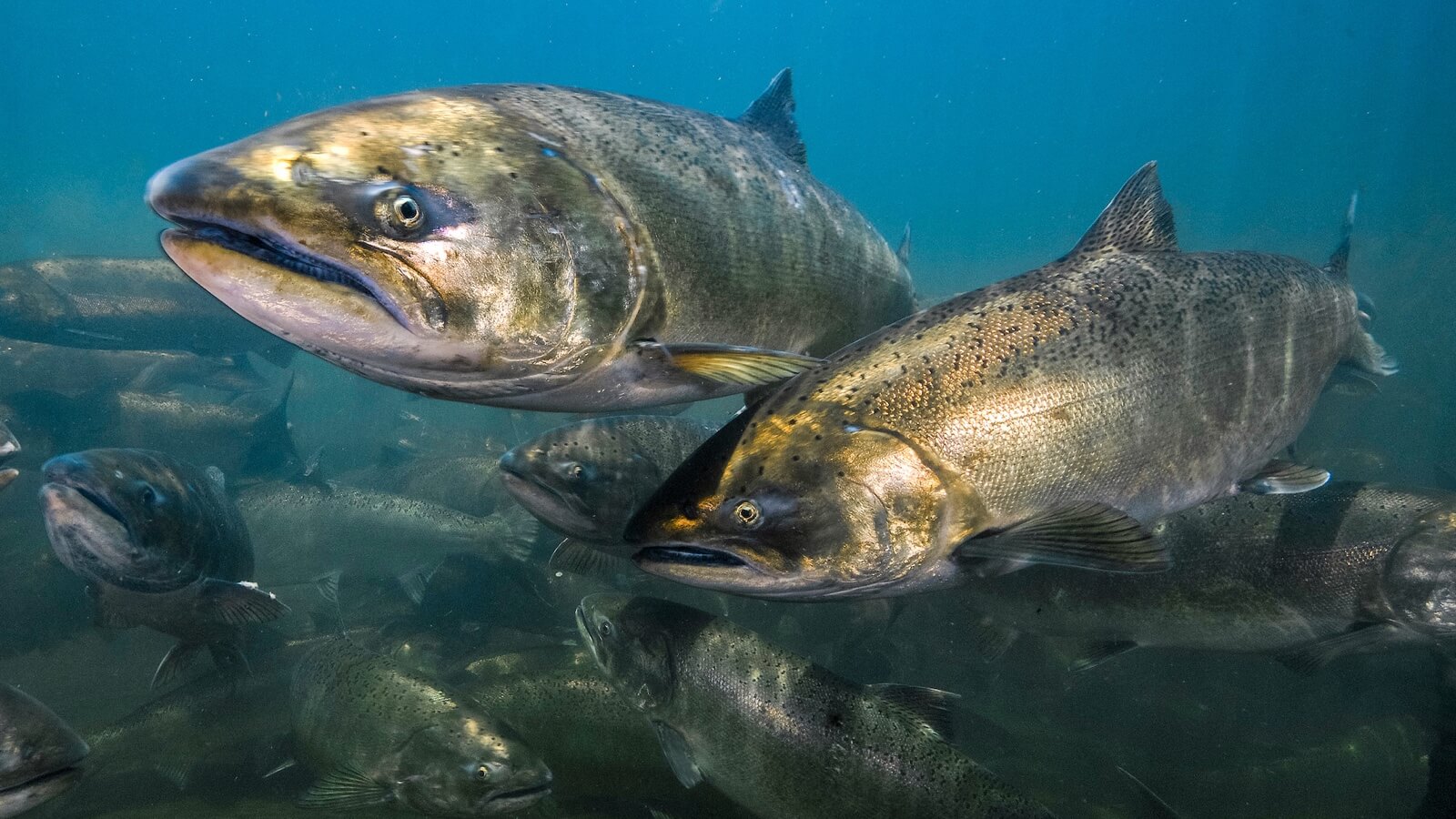
Overview: Salmon
Salmon are an iconic species in the Pacific Northwest and a crucial part of the identity and vitality of the Puyallup Watershed. The Watershed, including the nearshore areas and Commencement Bay, has four species of salmon and is home to the last spring Chinook salmon run in the South Puget Sound region. Chinook, steelhead, and bull trout are listed as threatened under the Endangered Species Act.
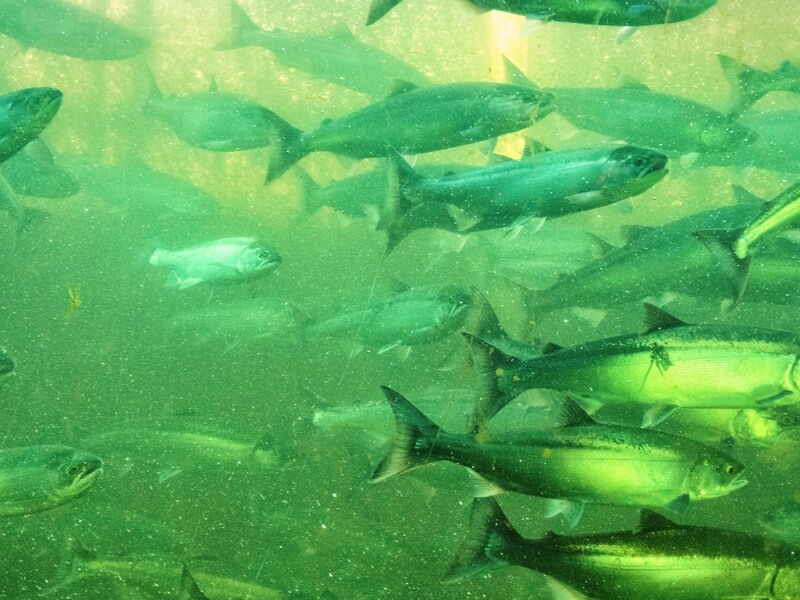
Key Pressures and Risks
Salmon runs in the Puyallup Watershed are greatly reduced from their historic levels and are at high risk of continued decline.
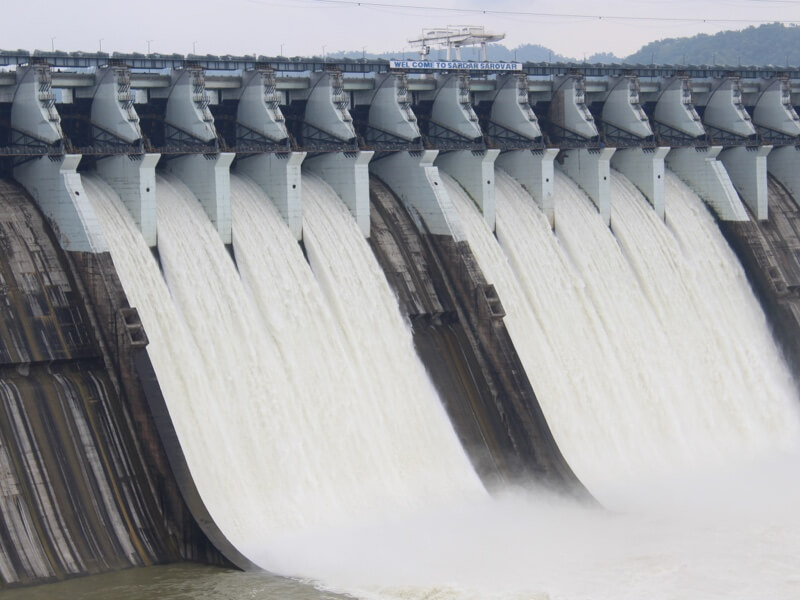
Infrastructure
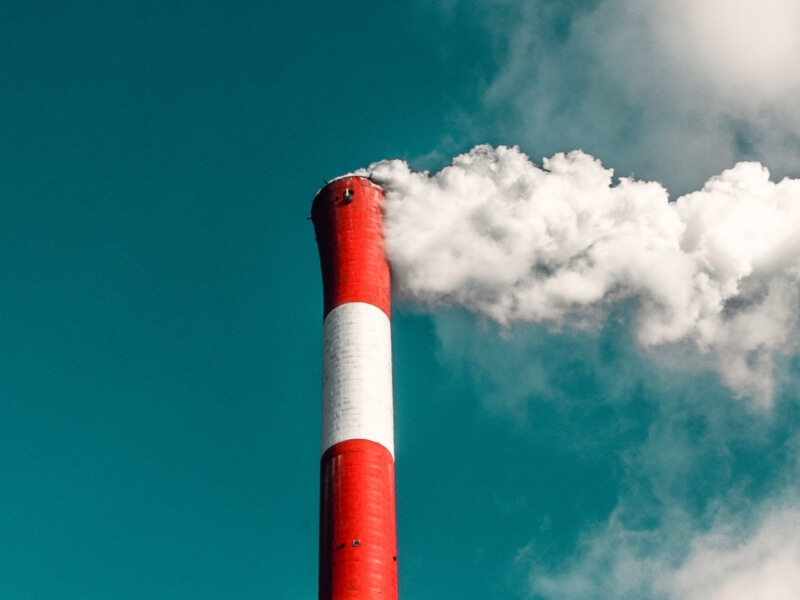
Water Quality and Quantity

Population Growth and Land Use
Salmon Goal
The overall goal for salmon is to achieve self-sustaining, harvestable salmon populations in the Puyallup-White Watershed and in Puget Sound. In the Puyallup-White, watershed-based efforts in support of this goal have focused on identification and protection or restoration of critical habitat for salmon.
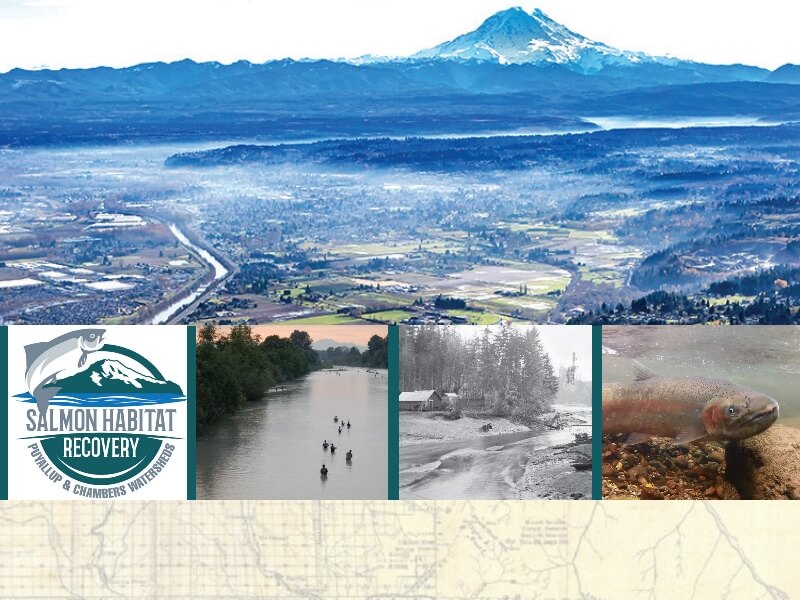
Salmon Habitat Protection and Restoration Strategy
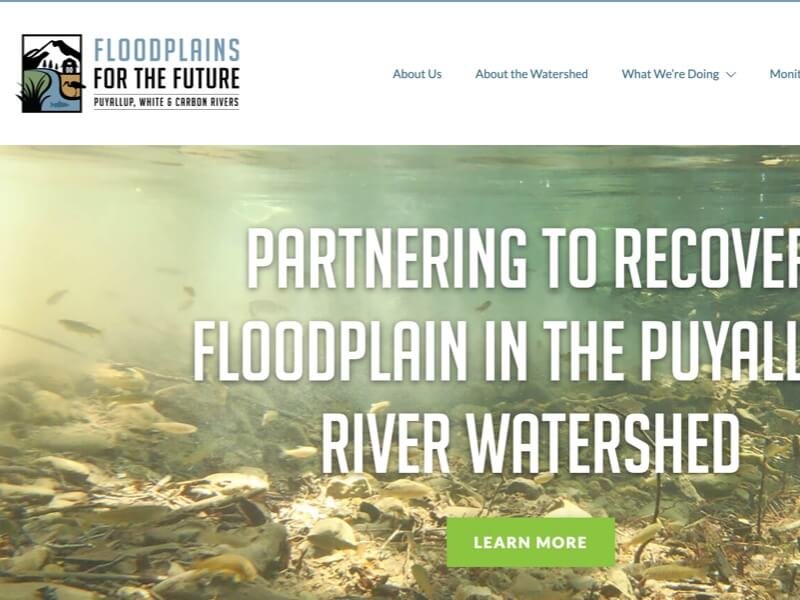
Floodplains for the Future Shared Monitoring Program
Lead Entity
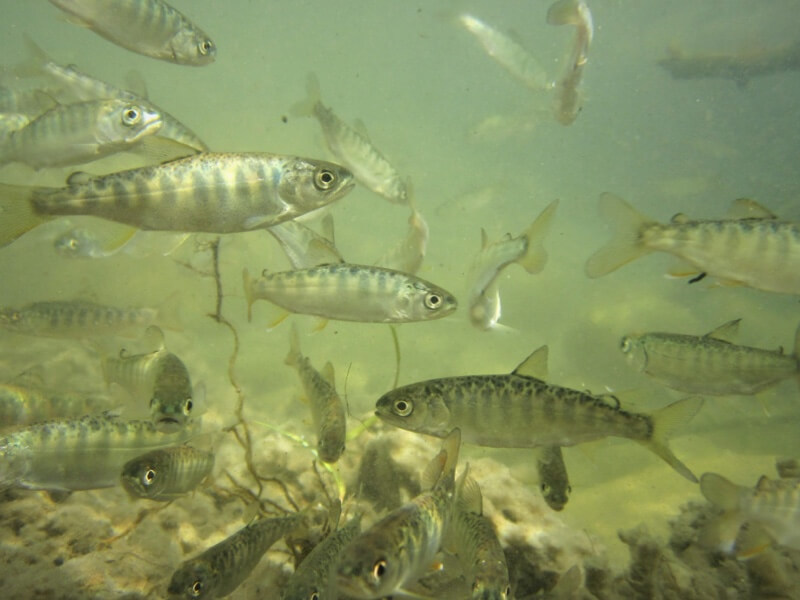
State of Salmon in Watersheds Report
Salmon Success in the Watershed
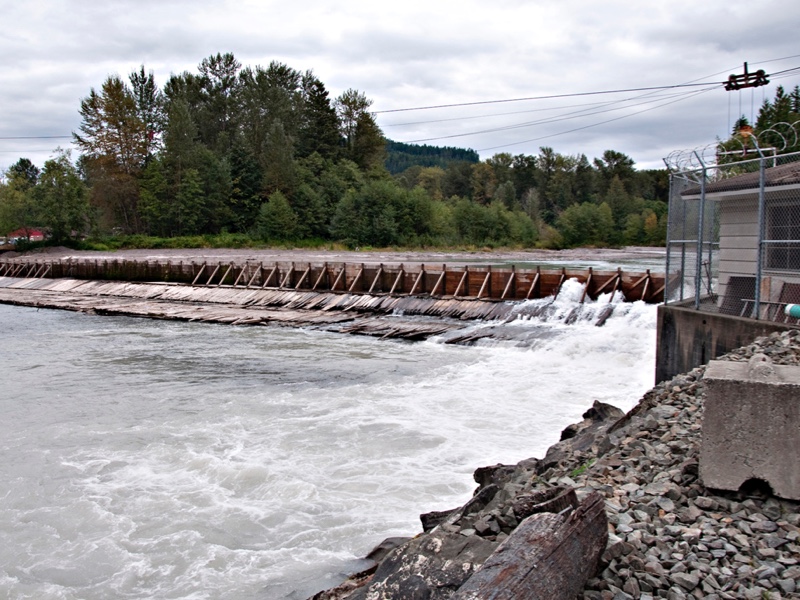
Mud Mountain Dam Fish Passage Facility
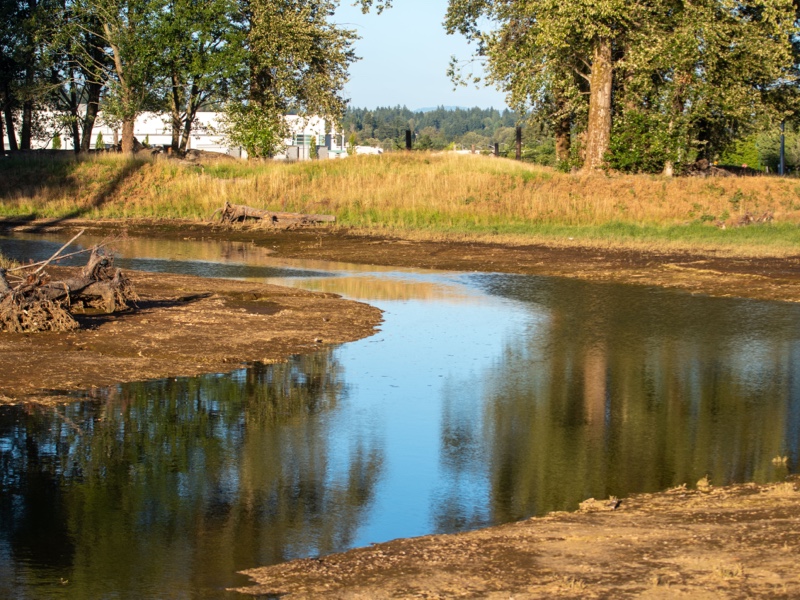
Lower Wapato Creek
South Prairie Creek Restoration
Priority Actions for Salmon
The PWR LIO prioritizes support of projects identified for funding by the WRIA 10 Lead Entity, focusing on property acquisition, levee setback projects, fish barrier removals, and other habitat enhancements. Some projects of special interest are listed below.